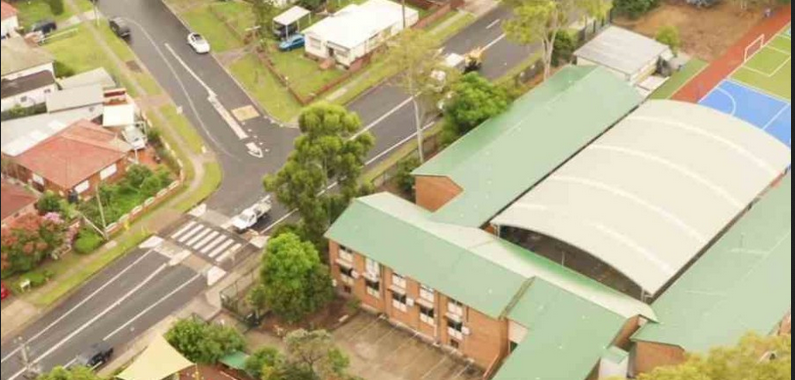Discover how to build a small retaining wall with Trinity Landscape & Sports. Whether you’re trying to add dimension to your landscape or protect your garden from erosion, a small retaining wall can be a practical and stylish solution. At TrinityLS, we guide homeowners through simple, effective steps to enhance outdoor spaces with structure, stability, and curb appeal.
Why Choose a Small Retaining Wall?
A small retaining wall is ideal for creating defined garden beds, leveling sloped yards, or preventing soil erosion. Unlike larger, complex retaining systems, a small wall is more manageable for DIY installation and cost-effective while still delivering impressive visual and functional results.
Benefits of a Small Retaining Wall
- Enhanced Curb Appeal: Clean edges and defined spaces improve the overall look of your landscape.
- Functional Structure: Helps control water runoff and prevents soil movement.
- DIY Friendly: Easy to plan and build with basic tools and materials.
Tools and Materials You’ll Need
Before you begin building your small retaining wall, gather the following:
- Shovel and wheelbarrow
- Level and tape measure
- Gravel or crushed stone (for the base)
- Retaining wall blocks or timber
- Landscape fabric
- Rubber mallet
- Construction adhesive (optional for stability)
Pro Tip from TrinityLS
Using quality base materials and properly compacting the soil are key steps that ensure your wall’s long-term stability. At Trinity Landscape & Sports, we always recommend starting with a solid foundation.
Step-by-Step: Building Your Small Retaining Wall
Plan and Mark the Area
Start by planning your wall’s location. Use stakes and string to mark the wall’s layout, ensuring curves or corners are accurately measured.
Dig a Trench
Dig a trench along the marked area—typically, the trench should be about 6 inches deep and twice as wide as your wall blocks.
Add the Base Layer
Fill the trench with gravel and compact it using a tamper. This creates a sturdy foundation for your wall blocks.
Lay the First Row of Blocks
Place your first layer of blocks carefully, using a level to make sure they are perfectly aligned. This base row determines the strength and alignment of the entire wall.
Build Additional Rows
Stack the remaining blocks, staggering the joints like brickwork. Use a rubber mallet to gently tap each block into place. For extra strength, consider using construction adhesive between layers.
Backfill and Finish
Backfill behind each layer with gravel or soil as you go to enhance stability. Once your wall reaches the desired height, top it off with capstones for a finished look.
Trust TrinityLS for Your Landscape Needs
At Trinity Landscape & Sports, we specialize in custom landscaping solutions for Australian homes. From DIY guides like this to professional installations, we help homeowners turn their yard into functional, beautiful spaces.









